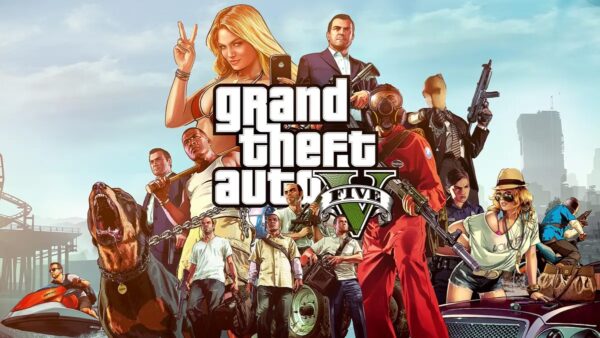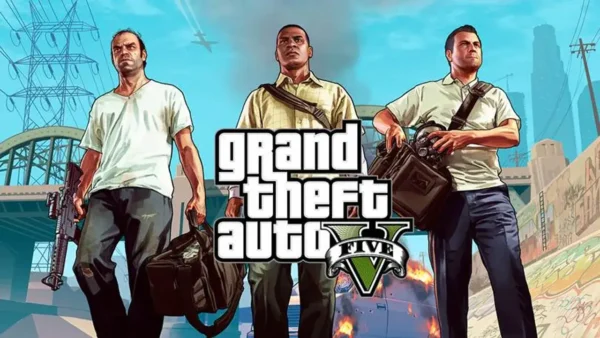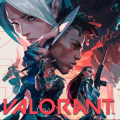Popular Now
Introduction
When Grand Theft Auto V launched in 2013, its single-player campaign captivated players with an ambitious story, diverse characters, and massive open world. But it was the online multiplayer mode — GTA Online — that truly extended the game’s lifespan for over a decade. While the freedom to live out criminal fantasies in a persistent multiplayer world was revolutionary, one fundamental issue has lingered and worsened over time: the broken in-game economy. In this article, we’ll explore how GTA Online’s economy was built, where it went wrong, how it affects player behavior, and why Rockstar continues to push it in the same direction.
The Early Economy: When Money Still Had Meaning
At launch, GTA Online offered a modest but functional economy. You started as a small-time criminal earning a few thousand dollars per mission. A high-end apartment cost $400,000 — a luxury that felt earned after dozens of heists and jobs.
This early grind had balance. Players had to choose between saving for vehicles, property, or weapons. Even basic items like ammunition, car insurance, and hospital fees had consequences for reckless behavior. Progression was slow but felt rewarding.
However, things began to shift as Rockstar introduced more content — specifically, expensive luxury items and faster, flashier vehicles.

The Introduction of Shark Cards
In late 2013, Rockstar introduced Shark Cards, allowing players to buy in-game currency with real money. What started as an optional shortcut slowly morphed into a necessary crutch for many players.
The pricing model looked like this:
-
Red Shark: $100,000 in-game for $2.49
-
Great White Shark: $1,250,000 for $19.99
-
Megalodon Shark: $8,000,000 for $99.99
At first, these seemed excessive, considering that most in-game items cost hundreds of thousands — not millions. But Rockstar gradually inflated prices, adding cars, jets, and bunkers that cost well over $5 million each. Players without Shark Cards faced an impossible grind.
The Rise of Grind Culture
As new updates brought businesses, missions, and heists, Rockstar also introduced longer cooldowns, lower payouts, and limited passive income. Players began to grind in ways that resembled second jobs — running crates, resupplying bunkers, and managing nightclub goods.
Many players turned to specific money-making strategies:
-
Heist spamming (especially the Cayo Perico Heist)
-
CEO crate missions
-
Bunker AFK farming
-
Replaying double-money events
While effective, this grind made GTA less about criminal fun and more about efficient money farming.
Inflation and the $100 Million Lifestyle
By 2020, owning everything in the game required well over $100 million in in-game cash. To put that into perspective, that’s the equivalent of playing the Cayo Perico heist over 200 times — with perfect execution — or spending over $1,000 in real currency.
This price inflation wasn’t just about new content. Old content became obsolete in terms of income, forcing players into newer grind loops. A $2 million car could be outdated in months, replaced by a faster model with marginal improvements but a $3 million price tag.

Pay-to-Win and Pay-to-Flex
GTA Online never marketed itself as a competitive shooter, but PvP elements are everywhere — from open-world interactions to PvP missions and races. The introduction of flying bikes, weaponized cars, and orbital cannons added more chaos.
Players with deep wallets (either time or money) could afford top-tier gear that dominated PvP. Examples include:
-
The Oppressor Mk II: a $3.8 million flying bike with missiles
-
The Orbital Cannon: a $900,000 one-hit kill from a satellite
-
Armored vehicles like the Nightshark or Terrorbyte
This created a clear divide: new or broke players couldn’t defend themselves against those with deep arsenals.
The Solo Player’s Dilemma
Many updates were designed with multiplayer cooperation in mind. Nightclubs, bunkers, and MC businesses required players to manage supplies, fend off raids, and deal with hostile lobbies. For solo players, this was both frustrating and inefficient.
Even the highest-paying mission — the Cayo Perico Heist — was eventually nerfed with cooldown timers for solo completions. Rockstar repeatedly pushed players into public sessions or toward microtransactions rather than making solo play a viable economic path.
The Modder and Hacker Market
With real-money Shark Cards and grind-heavy gameplay, a black market inevitably grew. PC servers, in particular, became infested with modders who could spawn money, disrupt gameplay, or offer "money drops" in exchange for cash via third-party sellers.
This led to:
-
Unfair bans on innocent players caught in modder lobbies
-
An underground economy of boosted accounts
-
Rockstar wiping money or banning players intermittently
The presence of modders both undercut the official economy and pushed players toward unofficial solutions when legitimate grinding felt hopeless.

Rockstar’s Business Model Reinforcement
Despite widespread community complaints, Rockstar has little incentive to fix the economy. GTA Online continues to generate hundreds of millions of dollars annually through microtransactions.
Every new update includes:
-
New vehicles or businesses priced excessively
-
Time-gated missions or payouts
-
“Limited-time bonuses” to manipulate player behavior
By keeping the economy stretched thin, Rockstar increases the perceived value of Shark Cards. It’s a business strategy that maximizes revenue but undermines player satisfaction.
Community Workarounds and Resistance
The player base hasn’t stayed silent. YouTubers and Redditors constantly post money-making guides, challenge Rockstar’s balance decisions, and call for changes.
Some notable forms of resistance include:
-
Boycotts of Shark Cards
-
Petitioning for better payouts or content adjustments
-
Roleplay servers like FiveM, where players create their own economic balance
Despite this, Rockstar rarely responds directly to these criticisms. Players remain trapped in a cycle of grind, spend, or leave.
The Future of GTA VI: Will It Be Different?
As Rockstar prepares for GTA VI, fans are both excited and anxious. Will the next online experience continue the same economic structure? Or will Rockstar learn from the past decade?
Some potential improvements could include:
-
Dynamic pricing based on player rank
-
Earnable in-game currency scaling with time investment
-
Rewarding creative gameplay instead of just efficient grinding
-
A true offline or private economy mode
Only time will tell, but if Rockstar’s success with GTA Online is any indication, monetization will continue to shape the game's economy — and the player experience.
Conclusion
The in-game economy of Grand Theft Auto V, especially in GTA Online, has become one of its most problematic systems. What began as a balanced grind quickly turned into an inflated mess designed to push players toward microtransactions. From overpriced content to overpowered vehicles and endless grind loops, the economy affects every player decision — whether they’re casual fans or hardcore grinders.
Until Rockstar reevaluates how it rewards player time and effort, GTA Online’s economy will remain fundamentally broken. And if GTA VI follows the same formula, we may see history repeat itself — only with higher price tags and deeper frustration.

















